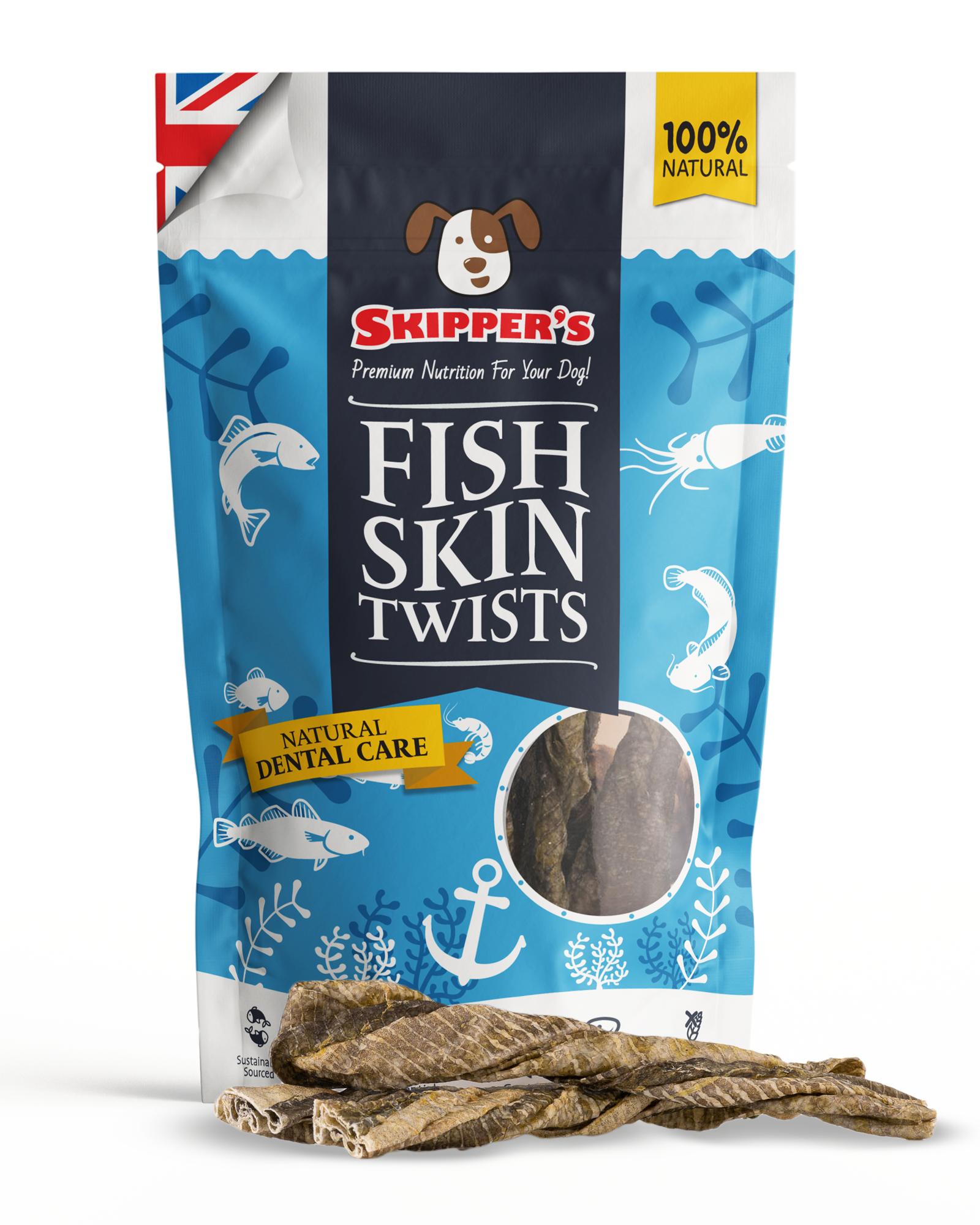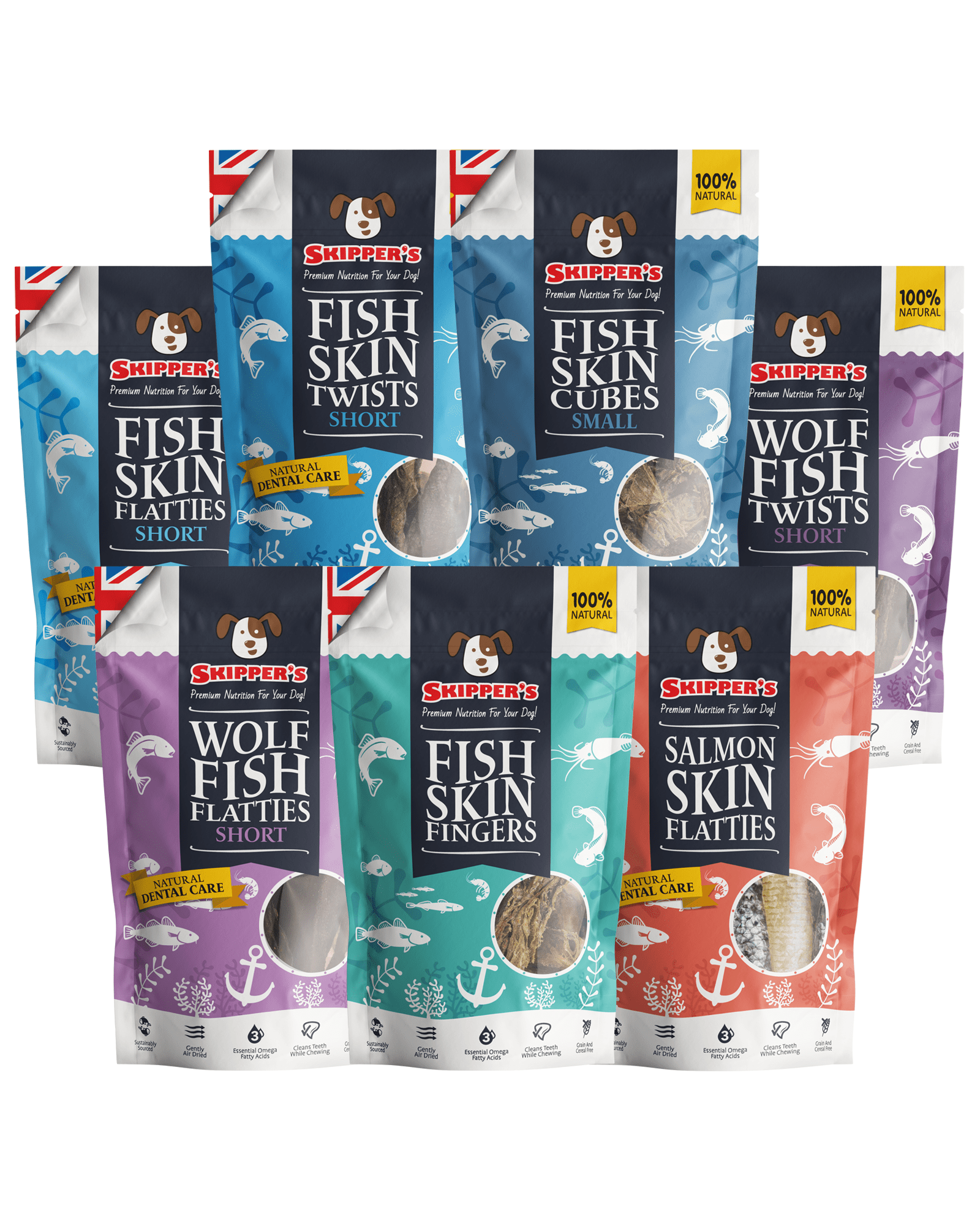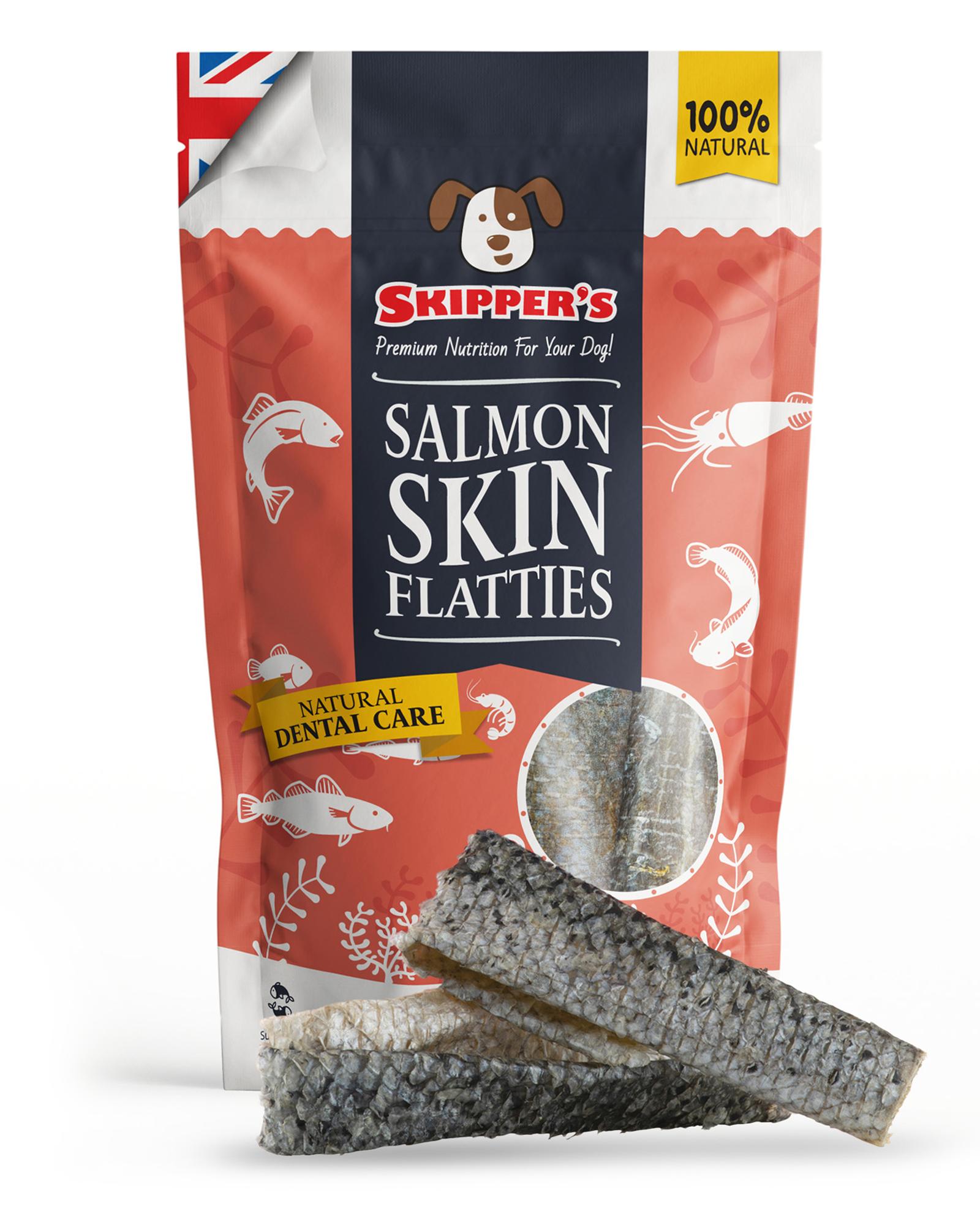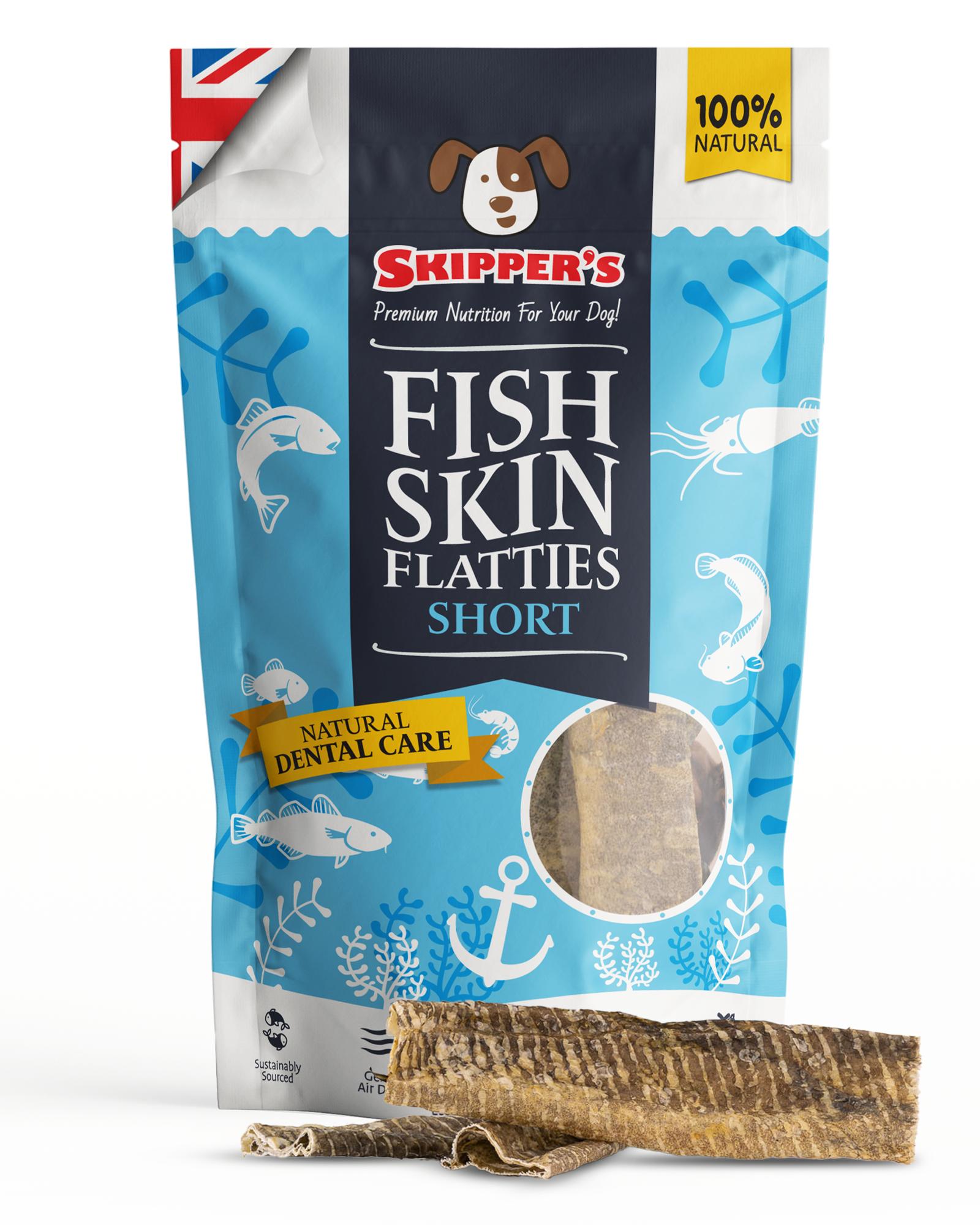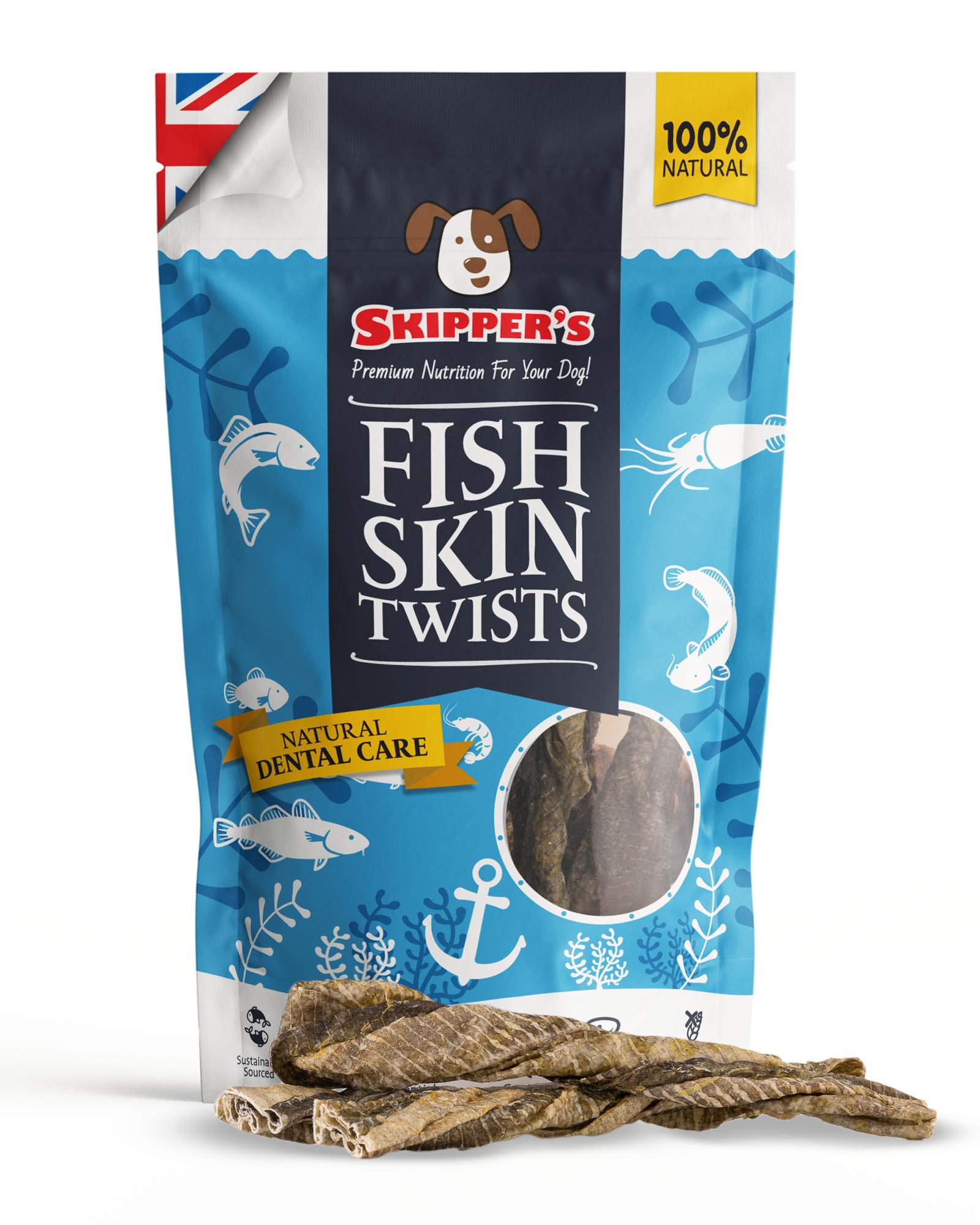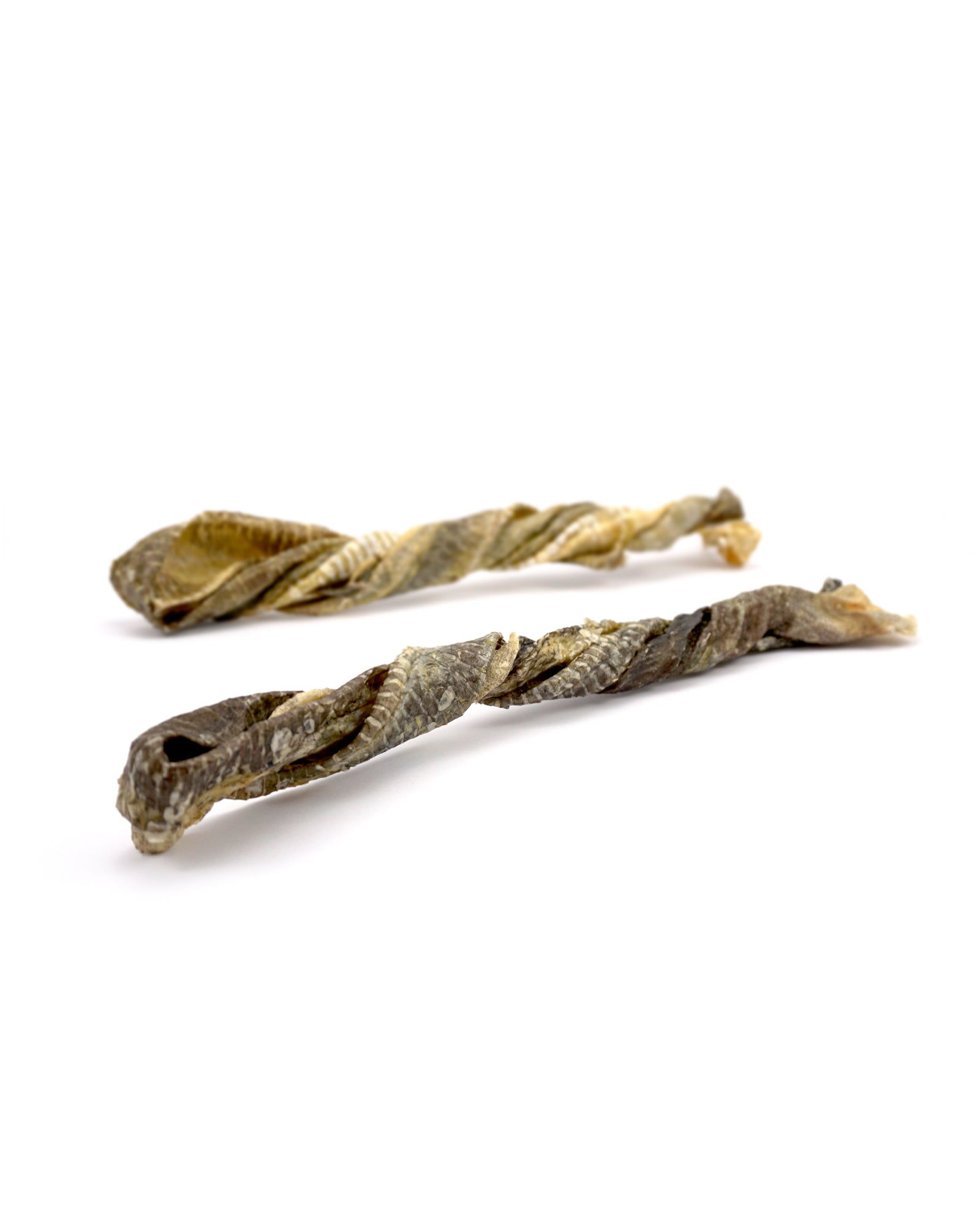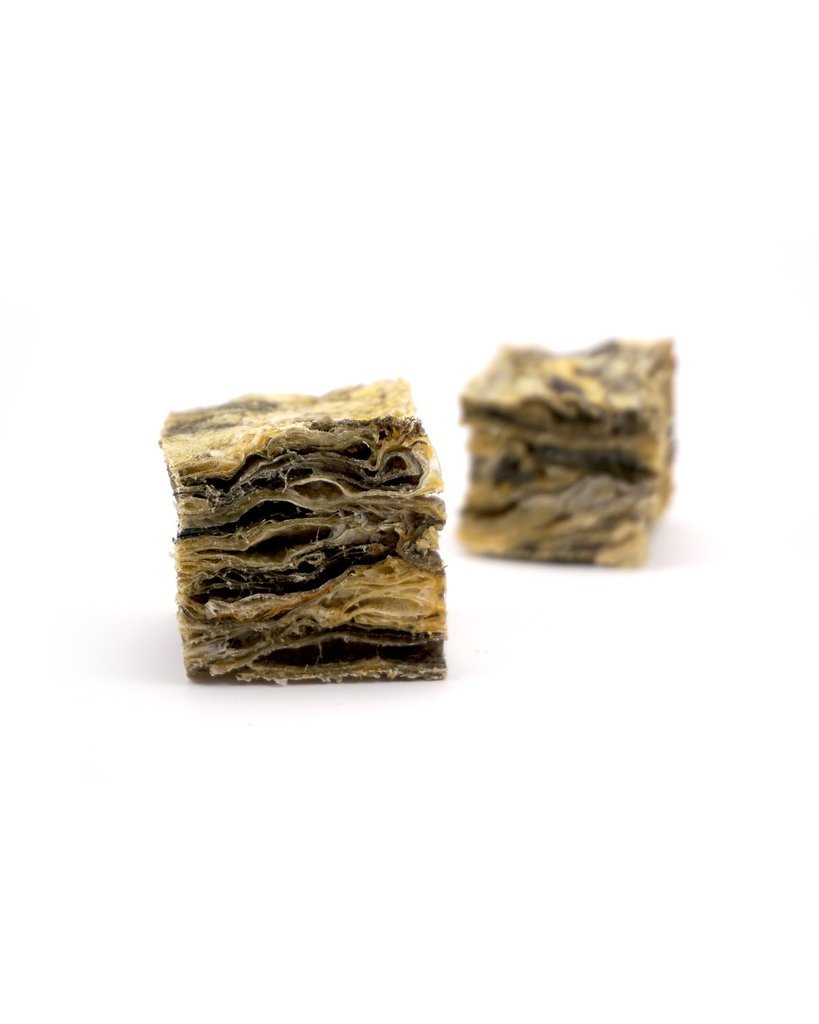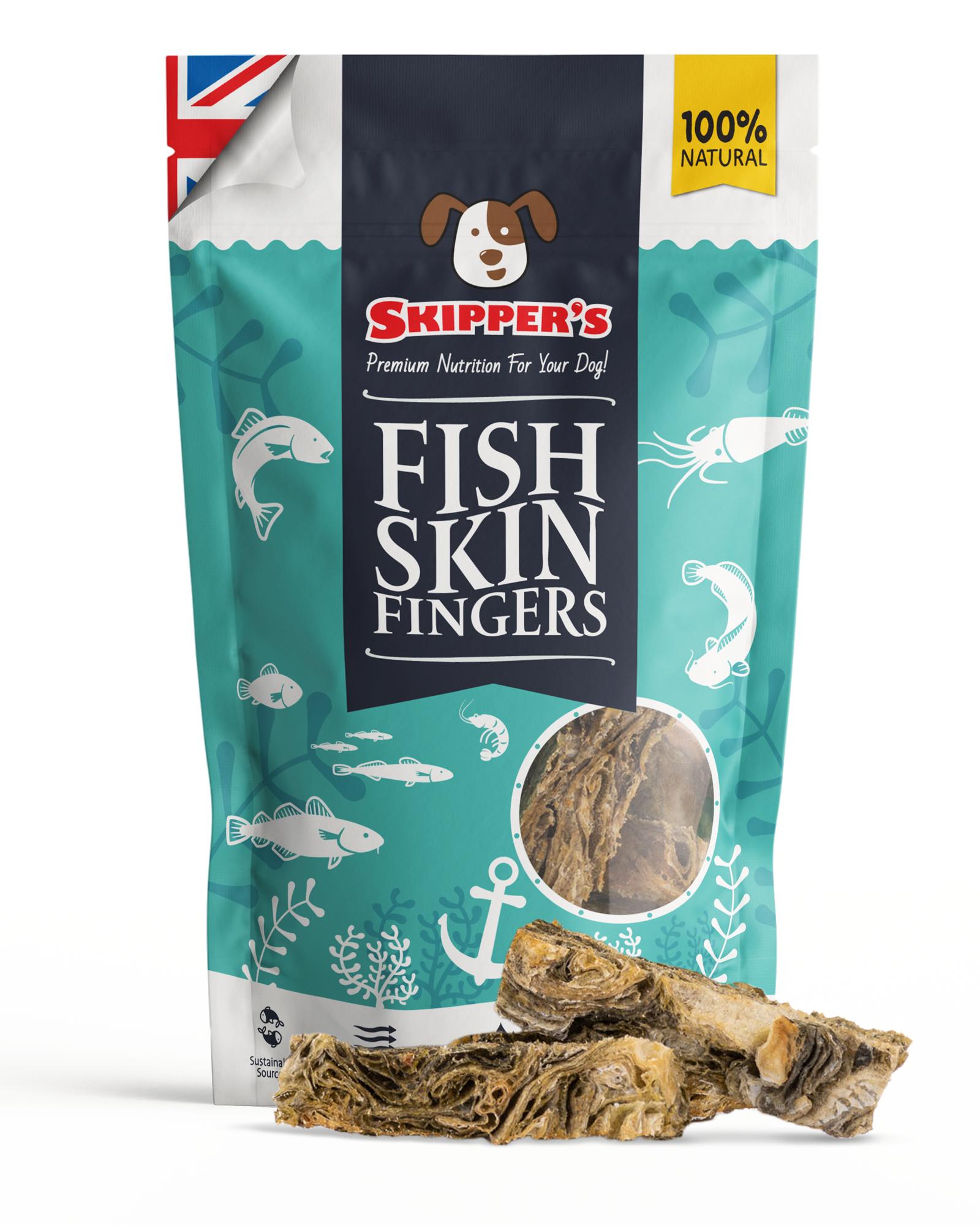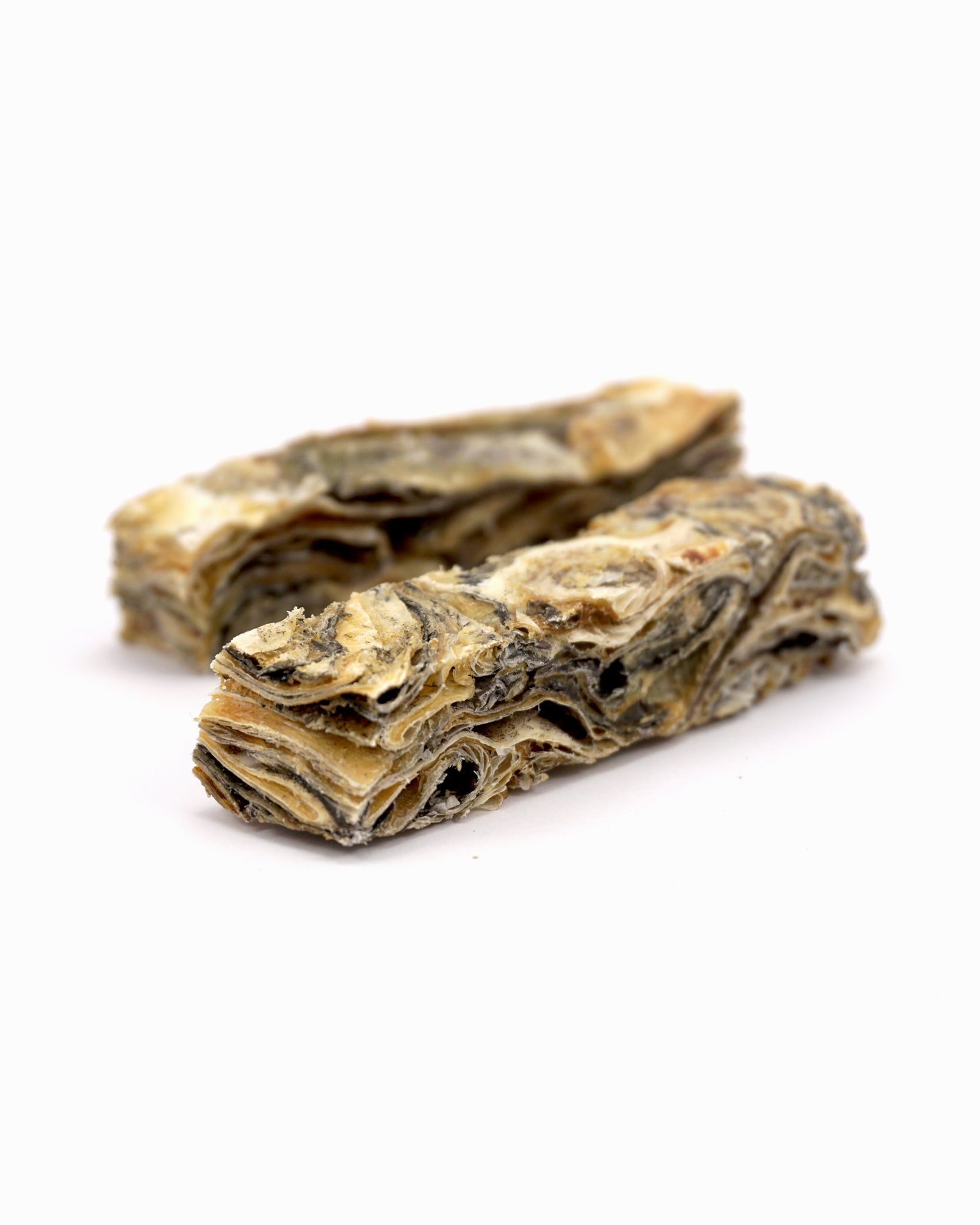10 Tips to Keep Your Dog Safe at Halloween
Written by Crystal Moore | Last updated 11/10/24

With all the new scary movies and Halloween decorations popping up in and around October, you can feel the spooky season creeping closer. Each one of us has experienced some level of celebrating the spooky season, whether that's decorating your home with Halloween decorations, carving a pumpkin or going trick-or-treating! Halloween has become a tradition across many families. In fact, the first mention of trick or treating in the UK was on November 4th 1927.
The majority of us love a fright here and there, but the same doesn't apply to our four-legged friends. For our dogs, October 31st can be a very overwhelming day, and keeping them safe during Halloween is a priority. However, to keep your dog safe at Halloween doesn't mean you can't enjoy the day as much as the next person!
1. Avoid chocolates and sweets
It's expected that during Halloween, your home will most likely be stocked with an abundance of chocolates and sweets ready for or because of trick-or-treating. Even for us, these treats are seen as an indulgence to be enjoyed in moderation. I certainly can't resist the temptation of chocolate, and although my dog looks up at me expectantly, I know that feeding either of these to him would be dangerous.
As a dog owner, it's crucial to know what your dog can and can't eat. One of the foods that is toxic to dogs is chocolate, mainly because it contains methylxanthines. If a dog consumes chocolate, it can cause vomiting or diarrhoea and, in severe cases, seizures or respiratory failure. Similarly, there are many sweets that are dangerous because of their high sugar content and the potential presence of xylitol, which can have lethal effects on dogs.
To keep your dog safe at Halloween, make sure to store chocolate and sweets somewhere your dog can't reach or access. If you have a bowl of treats ready for trick-or-treaters by the door, place it on a high shelf or keep it within your sight but out of reach from your dog.
Contact your vet if you suspect your dog has eaten chocolate or sweets.
2. Create a safe and comfortable space
Some dogs naturally gravitate toward a space in your home where they feel safe or like to retreat to when they want some quiet and alone time. If your dog already has a designated safe area in your home, now's the perfect time to make it as comfortable as possible. Add a cosy dog bed, a cherished toy, calming music or their favourite long-lasting dog chew. If your dog doesn't have an area in the home where they can retreat, choose a room that's furthest away from the commotion and make it as comfortable as you can. For example, during the hustle and bustle of trick-or-treaters at your front door, choose a room situated towards the back of the house. To offer your dog extra comfort, adding something that smells like you can help to keep your dog safe at Halloween and reduce the chances of them getting stressed or anxious during all the excitement.
3. Walk your dog before it's dark
Walking your dog earlier than usual is one of the best ways to prevent your dog from getting stressed and keep your dog safe at Halloween. In the UK, trick-or-treating typically starts around 5:30 pm but can be as early as 4 pm and ends by 9 pm. As a precaution, it's best to walk your dog before 5:30 pm to avoid the crowded paths of trick-or-treaters, loud noises and scary costumes, as this can be overstimulating for them, making walks during these times overwhelming and stressful. Moreover, walking your dog earlier can mean that you're likely to avoid fireworks, which people may set off on Halloween night.
However, if you're unable to walk your dog earlier due to work obligations or a busy schedule, consider hiring a dog walker or asking a friend or family member to walk your dog in the afternoon.
4. Dog-friendly costumes

Although dog costumes can be very cute and funny, it's important to avoid forcing your dog to wear a costume and consider the potential problems. While some dogs are comfortable wearing clothing, there are a lot of dogs that can find it scary, especially for the more complex or scarier costumes.
The issue with some Halloween costumes is that they can be harmful to dogs, causing them to overheat, limiting their ability to communicate with their body language or causing injury. To prevent harm, check for sharp objects, the tightness of the costume, and the amount of fabric or how much of the costume covers your dog's body.
Before dressing your dog in a Halloween costume, ensure they are already comfortable wearing dog clothing such as harnesses, reflective coats, and jumpers. Once you're confident that your dog is comfortable wearing these, there are many dog-friendly Halloween outfits that are both safe and spooky, making Halloween feel a little more frightening.
5. Mentally stimulate your dog
During Halloween, introducing activities, toys, or chews that mentally stimulate your dog can be very helpful as it tires them out and keeps them calm and occupied. This is especially effective when you have lots of children knocking at your door one after another. With the lively streets filled with trick-or-treaters, Halloween can be stressful for dogs. Distracting them using puzzle toys or a long-lasting dog chew, like Fish Skin Flatties or Bully Sticks, can help provide a calming outlet for your dog's anxiety.
6. Play calming music or sounds
Your dog may not be affected by all the sounds and events of Halloween. However, many dogs can find the sudden noises of knocking or unfamiliar voices and sounds overstimulating, heightening a dog's stress levels. Various studies have suggested that playing music can affect a dog both positively and negatively, and one study in 2020 found that a dog's stress and anxiety levels reduced when they listened to classical music, suggesting this genre of music had a calming effect on the dogs.
While classical music has been shown to be effective, other genres, such as jazz, soft instrumental music, or lo-fi music, can be just as effective. Each of our dogs is different, and experimenting with each genre can help you find which is the most effective at calming your dog. The music can be played from your phone, a TV, radio or speakers, making this a very cost-effective method to help keep your dog safe at Halloween. Furthermore, in addition to the calming effects of certain genres, the music can act as a buffer against the sounds of trick-or-treaters knocking at your door or fireworks going off in the distance.
7. Keep your dog indoors
Keeping your dog indoors is one of the safest ways to keep your dog safe at Halloween. To prevent your dog from escaping your home due to the startling Halloween sounds, ensure all your doors, windows and gates are securely closed.
It's expected that during the evening, your dog will need to go out in the garden to go to the toilet. However, if your garden can easily be accessed, it's advised that you supervise your dog whilst you take them out, as, although unlikely, cruel pranksters can try to cause harm to an unsupervised dog.
Furthermore, on the 31st of October, late afternoon and evening walks can be dangerous for dogs due to all the trick-or-treaters going door to door, loud noises and paths littered with chocolates and sweets. To avoid the Halloween excitement, walk your dog earlier in the day. If you're unable to do so, hire or ask a friend or family member to walk your dog instead.
8. Careful with pumpkins
Carving pumpkins is a classic activity many of us do around and on Halloween. Once the pumpkins are carved, a lit candle is often put inside to better illuminate the design carved into the pumpkin. However, the danger with this is that dogs can get burnt if they attempt to bite the pumpkin or accidentally knock it over, causing a fire. Fortunately, there are alternatives to candles, such as the flameless LED candles. If you are sticking to normal candles, keep the pumpkins out of reach, whether that be on the kitchen counter or outside on your porch. Wherever you place your lit pumpkin, keep an eye on both the pumpkin and your dog for the duration it is lit.
In addition to the fire hazard, there are parts of the pumpkin that can cause irritation or digestive issues if your dog ingests it. The stem and leaves of the pumpkin are covered in prickly hairs, causing potential harm when eaten. Furthermore, raw skin and seeds of pumpkins are not easily digestible, which can lead to stomach issues. However, roasted seeds can be eaten in moderation, and cooked pumpkin flesh is a healthy snack for your four-legged friend!
9. Keep lit decorations out of reach
Lit decorations, from candle-lit pumpkins to electric-powered lights, are a great way to make your home spooky for the Halloween period. However, these sparkly and scary decorations can easily draw your dog's attention as something they can play with or chew on. The consequence of your dog chewing or playing with these decorations is a fire or an electric shock. It's vital to remember that no matter how small a flame is, as soon as it hits something flammable, the fire can spread quickly into something big.
However, it's not just lit decorations that pose a hazard to dogs at Halloween. Other spooky decorations, such as small decorative ornaments like a rubber eyeball and spiders, are a potential choking hazard to dogs due to the small size of these pieces.
In order to keep your dog safe at Halloween and decorations in one piece, ensure these decorations and wires are out of reach.
10. Identification to be worn at all times
Identification tags are extremely helpful, especially if your dog slips out of the house. Before anything, check the information on your dog's ID is up to date and readable. Also, ensuring your dog always wears a collar that is properly fitted along with their identification is a must. Having a properly fitting collar with an identification tag on your dog is especially crucial during Halloween and the fireworks period since this time of year, as well as New Year, can be very frightening for dogs, making it more likely they will try to escape your home out of fear and confusion. In the case your dog manages to escape, having some form of identification on them makes it much easier for others to get them back home.
In addition to an identification tag, other forms of ID, such as GPS collars or tags, are additional pieces that can help to ensure your lost dog can be safely found.
Frequently Asked Questions
Can I trick or treat with my dog?
Trick-or-treating with your dog is possible, but it's essential to consider their safety and comfort. Before you start trick-or-treating, ensure they are very well-socialised and comfortable in crowded places. When out, keep your dog on a leash and be mindful of their energy levels and potential hazards, such as chocolates and sweets dropped on the paths.
Are dog costumes safe?
Dog costumes can be safe as long as they are properly fitted, not constricting your dog's movement, and there are no sharp objects. Ultimately, your dog needs to already be comfortable wearing dog clothing as you do not want to cause them any emotional distress.

